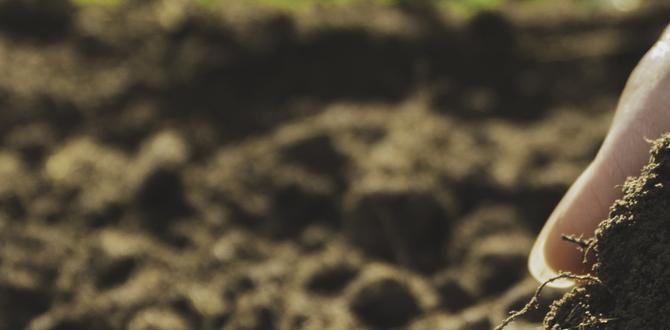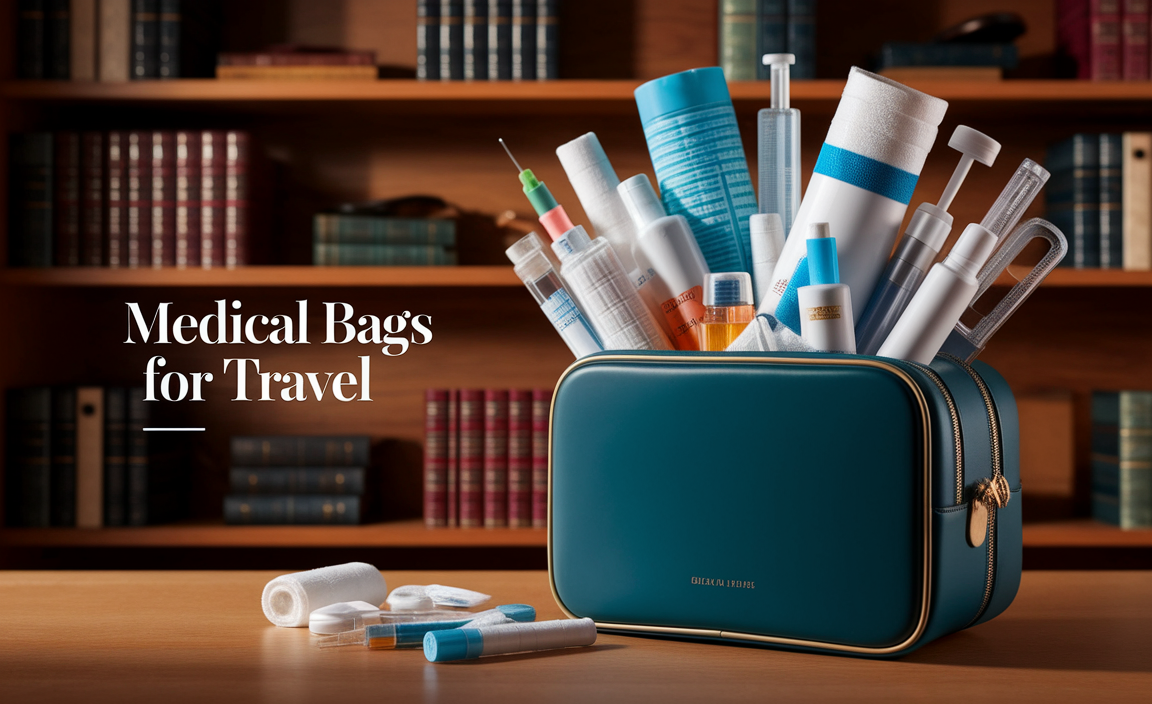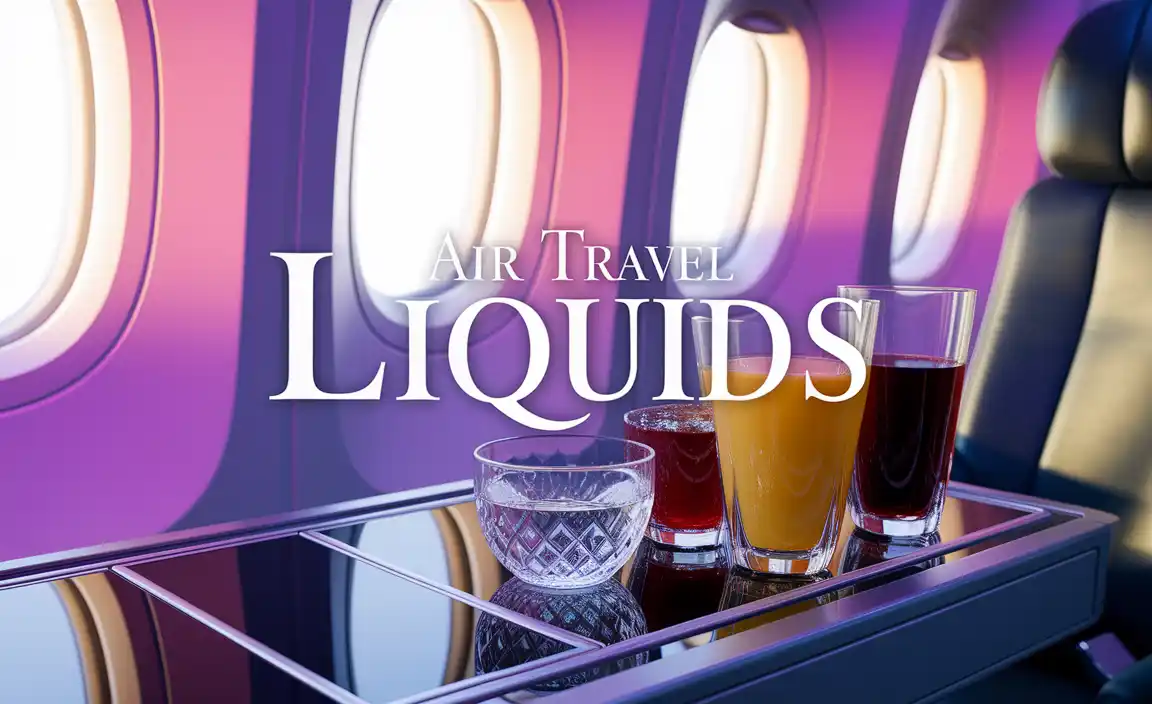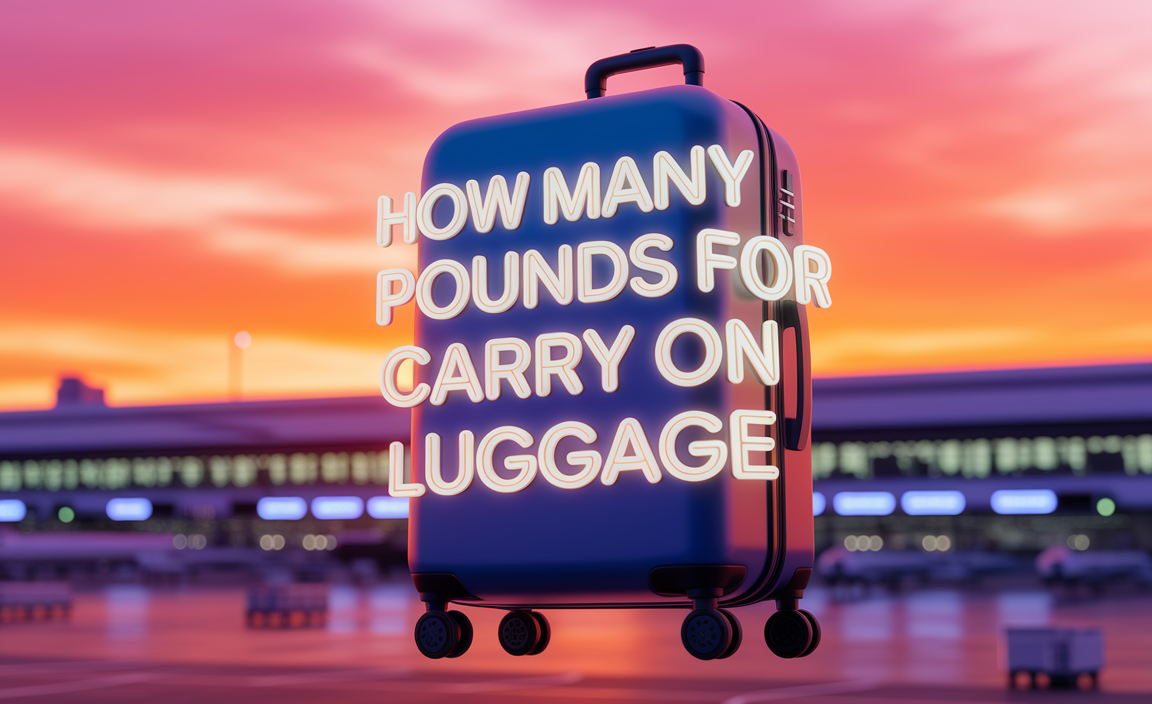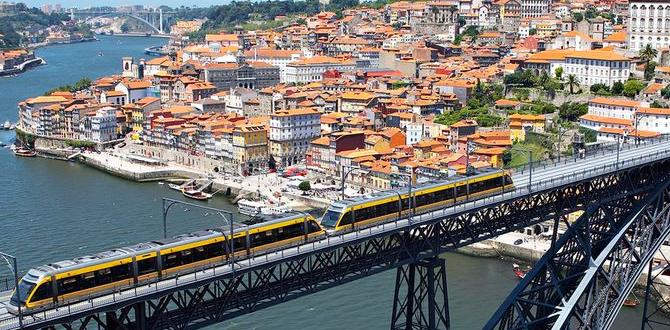Australia No-Crowds Itinerary: Explore Australia’s best spots without the hustle. This guide offers practical tips and destinations for a more peaceful adventure, focusing on comfort and unique experiences. Discover how to enjoy iconic sights at your own pace.
Dreaming of Australia’s stunning landscapes but dreading the usual tourist crowds? It’s totally possible to experience the magic of the Land Down Under without feeling like you’re in a theme park queue! Many travelers worry about packed beaches and busy viewpoints, but with a little planning, your Australian adventure can be serene and truly unforgettable. We’ll guide you through smart itinerary planning and point out fantastic, less-trafficked destinations, ensuring comfort and enjoyment every step of the way. Get ready to discover a calmer, more authentic Australia!
Planning Your Australia No-Crowds Itinerary: The Foundation of a Peaceful Trip
Creating an Australia no-crowds itinerary isn’t about avoiding popular places entirely; it’s about visiting them strategically or exploring incredible alternatives. The key is smart timing, choosing your destinations wisely, and embracing local knowledge. Let’s break down the essential steps to ensure your trip is as peaceful as it is exciting.
1. Timing is Everything: Avoiding Peak Season
One of the simplest ways to dodge crowds is to travel outside of the busiest times. Australian school holidays and major public holidays see a significant surge in domestic and international tourism.
- School Holidays: These vary by state, but generally, avoid mid-December to late January (summer holidays), April (Easter break), and late September to early October (spring break). Official Australian school holiday dates can be found on state government education websites, like the Victorian Government Department of Education and Training.
- Major Events: Major festivals, sporting events (like the Australian Open or Boxing Day Test), and Sydney’s New Year’s Eve can draw massive crowds to specific areas. Check local event calendars for your chosen destinations.
- Shoulder Seasons: The sweet spot for fewer crowds and pleasant weather often falls into the “shoulder seasons”:
- Spring (September to November): Generally mild temperatures across much of the country, with blooming wildflowers in many regions.
- Autumn (March to May): Comfortable temperatures, beautiful fall colors in cooler regions, and fewer families traveling.
2. Strategic Destination Selection
While iconic spots like Sydney’s Opera House and Bondi Beach are must-sees for many, they are also the most crowded. Consider incorporating less-famous but equally stunning locations into your Australia no-crowds itinerary.
Instead of just the Great Barrier Reef’s busiest access points, think about:
- Smaller island resorts in the Whitsundays.
- Cairns or Port Douglas for reef trips, but booking tours on less busy days or opting for smaller boat charters.
- Exploring the Ningaloo Reef in Western Australia, known for whale shark encounters and less commercialized access.
For city experiences, mix in visits to:
- Adelaide and its surrounding wine regions (Barossa Valley, McLaren Vale).
- Hobart and the natural beauty of Tasmania.
- Perth and its pristine beaches.
3. Embrace the Outback and Regional Areas
Venture beyond the coastal cities, and you’ll find vast, spectacular landscapes with very few people. The Australian Outback offers a unique, peaceful experience.
- Uluru-Kata Tjuta National Park: While Uluru is famous, the sheer size of the park means you can find quiet moments for reflection, especially during sunrise and sunset walks. Opt for guided tours that take you to less-visited areas.
- Kangaroo Island, South Australia: A haven for wildlife and natural beauty, it offers rugged coastlines and unique flora and fauna with a more relaxed pace than mainland hotspots.
- The Flinders Ranges, South Australia: Experience ancient landscapes, incredible stargazing, and hiking trails largely to yourself.
4. Researching Accommodation and Tours
Your choice of accommodation and tours can significantly impact your crowd experience.
- Accommodation: Boutique hotels, eco-lodges, farm stays, or private holiday rentals often offer a more secluded experience than large resorts. Look for properties set away from main tourist hubs.
- Tours: Opt for small-group tours or private guides. These often provide more personalized experiences and access to less crowded spots. Booking in advance is crucial, especially for specific niche tours.
Australia No-Crowds Itinerary: Sample Destinations & Activities
Here’s how you can weave less-crowded experiences into different regions of Australia. This isn’t a rigid plan, but rather inspiration for building your perfect, peaceful journey.
1. Western Australia: The Wild Frontier
Western Australia (WA) is vast and offers incredible natural beauty with significantly fewer visitors than the eastern states.
- Perth & Surrounds:
- Rottnest Island: While popular, it’s large enough to escape crowds, especially if you rent a bike and explore away from the main ferry points. The quokkas are adorable, and the beaches are stunning.
- Hills & Valleys: Explore the Perth Hills for wineries and hiking trails like the Bibbulmun Track sections.
- Beaches: Beyond the famous Cottesloe, discover quieter spots like City Beach or further south, Mandurah.
- South West WA: Margaret River Region
- Famous for wine, surf, and food, it can get busy. Visit during weekdays or in the shoulder seasons. Look for smaller, family-run wineries.
- Hidden Gems: Explore the Leeuwin-Naturaliste National Park’s less-frequented caves and coastal walks.
- Ningaloo Reef (Exmouth & Coral Bay):
- This is a highlight for a no-crowds experience. Unlike the Great Barrier Reef, Ningaloo is an inshore reef, meaning you can often swim directly from the beach.
- Famous for swimming with whale sharks (seasonal, March-October) and manta rays year-round. The smaller scale here means a more intimate experience.
- Further north, the Rawlinson Ranges offer stunning desert landscapes.
- The Kimberley:
- This is Australia’s last true frontier – remote, rugged, and breathtaking. Think vast cattle stations, ancient Aboriginal rock art, and dramatic gorges.
- Requires more planning (4WD access, remote accommodations) but offers unparalleled solitude. Tours are highly recommended here.
2. South Australia: The Underrated Gem
South Australia often gets overlooked but boasts fantastic wine, wildlife, and rugged coastlines.
- Adelaide: A compact, charming city perfect for exploring on foot.
- Kangaroo Island: Easy day trip or multi-day stay from Adelaide. Home to sea lions, kangaroos, koalas, and stunning natural formations like Remarkable Rocks. It’s an ideal spot for wildlife lovers seeking peace.
- Wine Regions: Barossa Valley and McLaren Vale are popular, but visit on weekdays or explore the smaller Adelaide Hills wine region for a more relaxed tasting experience.
- Flinders Ranges:
- Australia’s Outback on a grand scale. Ancient mountains, dry gorges, and incredible starry nights. Stay at a remote station or eco-lodge for true tranquility. Ideal for hiking and photography.
- Eyre Peninsula:
- Known for its incredible seafood and rugged coastline. Consider swimming with sea lions or cage diving with great white sharks (for the brave!). Less tourist infrastructure means a more authentic feel.
3. Tasmania: Nature’s Playground
The island state offers wild landscapes, unique wildlife, and a slower pace of life.
- Cradle Mountain-Lake St Clair National Park: While the iconic Overland Track is famous, there are many shorter walks and viewpoints that offer stunning scenery without the multi-day commitment or crowds. Visit outside peak summer and Easter periods.
- Freycinet National Park (Home Bay): Famous for Wineglass Bay. Consider visiting during less busy times or opt for a guided walk that takes you to less-visited lookouts.
- Bruny Island: Accessible by a short ferry from Hobart. Offers stunning coastal scenery, delicious local produce, and abundant wildlife, often enjoyed at a leisurely pace.
- West Coast Wilderness: Explore areas like Strahan and the Tarkine region for rugged coastlines and ancient rainforests with minimal footprints.
4. Queensland: Beyond the Bustle
While the Great Barrier Reef and Gold Coast are high-traffic areas, there are ways to experience Queensland’s beauty with fewer people.
- Daintree Rainforest & Cape Tribulation: While popular, the Daintree is vast. Explore smaller boardwalks, take a guided eco-tour focused on its natural wonders, or find quiet spots along the coast.
- Lesser-Known Islands: Explore islands in the Southern Great Barrier Reef like Heron Island or Lady Elliot Island for a more intimate reef experience. Look into the Whitsunday Islands beyond the main hub of Airlie Beach.
- Outback Queensland: For an ultimate no-crowds experience, head inland. Winton (dinosaur country), Longreach (Stockman’s Hall of Fame), and Mount Isa offer a glimpse into traditional Australian life and vast, empty landscapes.
- Tamborine Mountain, Gold Coast Hinterland: Escape the coastal crowds with rainforest walks, waterfalls, and local artisan shops in this charming mountain retreat.
Practical Tips for Stress-Free Travel Comfort
Comfort is key to enjoying your travels, especially when aiming for a more relaxed, no-crowds experience. This section is for everyone, including those who might require extra personal care items to ensure their journey is smooth.
- Pack Smart, Pack Light: A good quality, versatile piece of luggage can make a huge difference. Consider carry-on only if your trip allows, to avoid baggage claim queues and the risk of lost luggage.
- Stay Hydrated and Nourished: Dehydration can lead to fatigue and discomfort. Carry a reusable water bottle and pack snacks.
- Comfortable Footwear: Essential for exploring, whether it’s city streets or bushwalking trails.
- Personal Comfort Items: For those needing them, discreet and reliable personal care products are vital for peace of mind on long flights or busy days.
- Adult Diapers/Incontinence Products: Brands offer discreet options designed for comfort and absorbency during extended travel. Look for breathable materials.
- Child Diapers: Traveling with young children requires ample supplies. Pack more than you think you’ll need. Consider compact, travel-friendly options.
- Travel-Sized Toiletries: Keep your personal hygiene kit organized and light.
- Technology for Ease: Download offline maps, guidebooks, and translation apps. A portable power bank is a lifesaver for keeping devices charged.
- Plan Transportation: Book car hire or train tickets in advance, especially if traveling to regional areas. This avoids last-minute stress and ensures you have reliable transport to reach quieter spots. Many tour operators can also pick you up from your accommodation.
Sample Itinerary Framework (14 Days: South Australia Focus)
This framework blends iconic experiences with opportunities for solitude. It’s designed for flexibility.
| Day | Location | Activities | No-Crowds Focus |
|---|---|---|---|
| 1-2 | Adelaide | Arrive, explore the Central Market, Botanic Garden. | Enjoy a relaxed city pace, focus on local culture away from major attractions. |
| 3-5 | Kangaroo Island | Ferry from Cape Jervis. Seal Bay, Flinders Chase National Park (Admiral’s Arch, Remarkable Rocks). | Vast natural landscapes offer solitude. Wildlife viewing is a peaceful pursuit. |
| 6-8 | Flinders Ranges | Drive to the Outback. Wilpena Pound, hiking trails, stargazing. | Immense scale of the landscape ensures minimal crowds. True escape. |
| 9-11 | Barossa/McLaren Vale Region | Wine tasting, scenic drives, local produce. | Visit smaller, family-run wineries. Travel midweek for quieter cellar doors. |
| 12-13 | Adelaide Hills | Explore Hahndorf (historic German village), Mount Lofty Botanic Garden. | Quieter charm than some coastal areas, with stunning natural beauty. |
| 14 | Adelaide | Depart. | – |
Frequently Asked Questions (FAQ)
Q1: Is it possible to visit Australia without going to major tourist hubs like Sydney and Melbourne?
Absolutely! While Sydney and Melbourne are fantastic cities, Australia is vast. You can have an incredible time focusing on Western Australia, Tasmania, South Australia, or the Northern Territory to avoid the biggest city crowds and experience unique landscapes and wildlife.
Q2: What are the best months to visit Australia for fewer crowds?
The “shoulder seasons” – Spring (September to November) and Autumn (March to May) – generally offer pleasant weather and fewer tourists than the peak summer and holiday periods. Be mindful of specific regional differences and local school holidays.
Q3: Are there less crowded alternatives to the Great Barrier Reef?
Yes! Consider Ningaloo Reef in Western Australia for incredible marine life with a more remote feel, or explore lesser-known islands in the Southern Great Barrier Reef, such as Heron Island or Lady Elliot Island, which offer a more intimate experience.
Q4: How can I find off-the-beaten-path destinations in Australia?
Research national parks in less populated states like Tasmania or South Australia, explore regional towns, or venture into the Outback. Websites for state tourism boards and national parks are great resources for discovering less-visited gems.
Q5: I need to travel with personal care items like adult diapers. How can I pack them discreetly and comfortably?
Many brands offer discreet, absorbent products designed for travel. Pack them in their original packaging within your luggage, or transfer them to plain, sturdy bags. Consider using a dedicated toiletry bag or packing cubes to keep them organized and separate. Bringing a small, waterproof pouch for disposal on the go can also be helpful.
Q6: Is it hard to get around Australia without a car?
In major cities, public transport and ride-sharing are excellent. For exploring national parks or remote areas, a rental car is often necessary. However, many tour operators offer pick-ups from accommodations, allowing you to access remote sites without driving yourself. For a no-crowds experience, a rental car offers maximum flexibility to reach quieter spots.
Q7: How do I ensure comfort on long-haul flights to Australia, especially if I need to use incontinence products?
Choose comfortable, breathable clothing. Bring a neck pillow, eye mask, and noise-canceling headphones. For incontinence products, opt for highly absorbent and discreet options. Carry a small personal bag with changes and wipes for easy access during the flight. Pre-boarding can sometimes allow you extra time to settle in.
Conclusion
Crafting an Australia no-crowds itinerary might seem like a challenge, but it’s entirely achievable with thoughtful planning. By strategically choosing your travel times, exploring less-trafficked regions, and opting for accommodations and tours that prioritize a peaceful experience, you can immerse yourself in Australia’s unparalleled beauty without the overwhelming presence of large crowds.
Remember that flexibility is your friend. Sometimes the most magical moments happen when you stumble upon a quiet beach or a deserted hiking trail. Embrace the spirit of adventure, pack for comfort – including any personal care needs that ensure your well-being – and get ready to discover an Australia that feels uniquely yours. Your serene adventure awaits!

